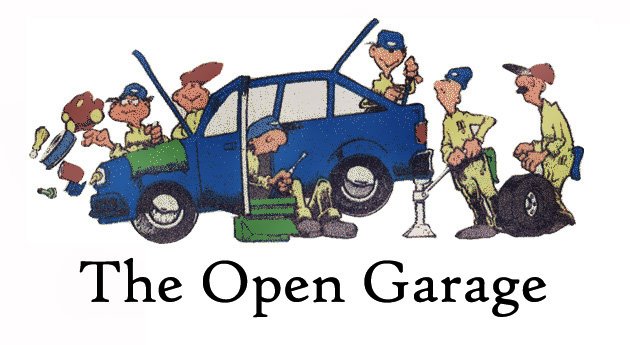
Car racing has been one of the favorite pastimes of every car enthusiast. Its like every period, a new breed of racing car is produced which amazingly has an improved designs and increased speed. New technologies have been developed to drive this racing cars from beyond and push it to cross their limits. When talking about car racing, the first thing that comes inside my mind is aerodynamics. Well, aerodynamics when conquered, racing car can speed up to limitless speed without acquiring further damage in its exterior.
According to NAS, the challenge for each Indy Car Team is the same every year. Designing and develop a race car that is safe, durable, and competitive in different racing conditions is what every team wants to develop. Furthermore, cars must meet the demands of four different types of racing circuits, each course requiring a different aerodynamic and mechanical setup.
• Street: A narrow, temporary course ranging from 1.6 to 2.1 miles in length, with tight turns and a long straightaway. The Long Beach circuit (lap record 108.198 mph), tests the durability of the gearbox, braking system and low speed acceleration.
• Road: Laguna Seca Raceway (lap record 112.296 mph), is an example of a road course with hills. A road course is a wide open track that ranges in length from 1.9 to 4 miles. It has both slow and high speed corners and wide enough for passing. The suspension system, downhill braking and power are stressed on this type of course.
• Short Oval: Phoenix International Raceway (lap record 172.804 mph), is a one mile, long oval track. Short straightaways and banked turns are characteristics of this type of track. The short oval tests the suspension and aerodynamic setup of the car.
• Speedway: The speedway is an oval track with banked turns and long straightaways. The one lap record at the Michigan International Speedway (2 mile oval), is 234.275 mph. At Indianapolis (2.5 mile oval), the record is 232.618 mph. High, sustained speed requires aerodynamic efficiency.
The job of the team is to design a car that can be adjusted quickly to run properly in the above mentioned racing circuits. And since safety rules and regulation have been administered in car racing, engineers are challenged to become more inventive in creating more complex car. This has forced teams to concentrate on the total aerodynamic package of the race car. Teams that plan on staying competitive use track testing and wind tunnels to develop the most efficient aerodynamic design. The relationship between drag and down force is important. To further improve the aerodynamics of vehicles the wings are improved resulting to generation of down force on the race car with a minimum of drag.
As you can see, Down force is necessary for maintaining speed through the corners. Unwanted drag which accompanies down force will slow the car, thus engineers made an efficient design of a chassis which is base on the down force/drag compromise. Also they have considered the different race circuits in designing their cars. Generating the necessary down force is concentrated in three specific areas of the car. The ongoing challenge for team engineers is to fine tune the airflow around these areas.
• Front wing assembly - The front wing assembly is constructed of carbon fiber and is the first part of the car to meet the air mass. The flow field here is better than at other parts of the car because the air here has been disturbed the least. In setting up the front wing assembly, engineers must consider what happens to the airflow as it travels toward the back of the car. In an effort to clean up the disturbed airflow, small adjustments are made to the front of the car.
• Chassis - The car chassis is designed to produce maximum down force, while at the same time minimizing drag. Downforce produced by the front and rear wings and the under body which allows maximum speeds through the corners. To accomplish this the top of the car is designed to slice through the air, while the underbody is shaped to create an area of low pressure between the underbody and the track. The shape of the tunnels under the car resemble an inverted wing.
• Rear wing assembly - The rear wing is made of carbon fiber and is attached to the transmission housing.
Well, engineers of race cars have gone through a lot of testings and trial and errors in making speedy cars to endure the racing environment in different race circuits. No wonder in the near future engineers will finally create the fastest car in the racing history.











